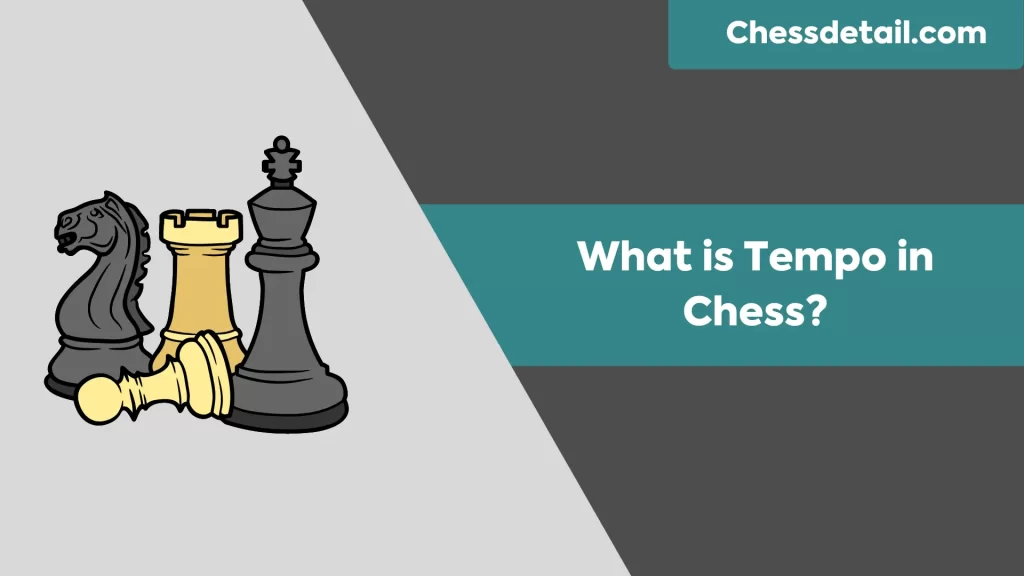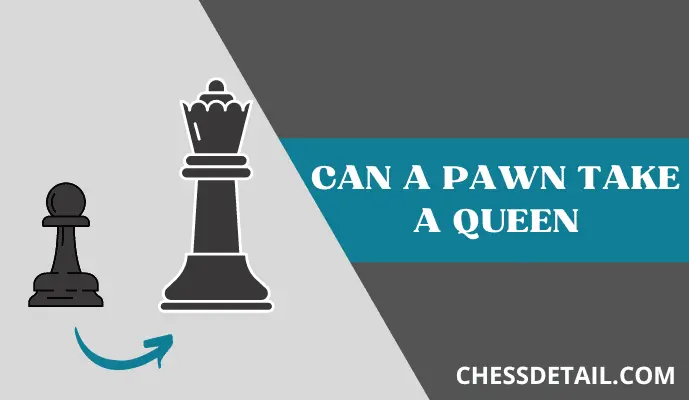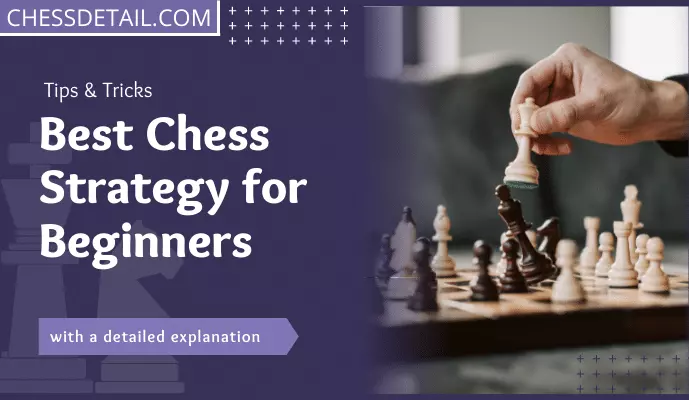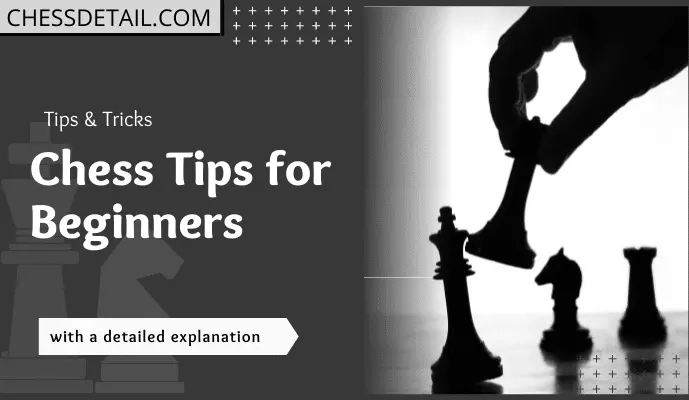What is Tempo in chess? Comprehensive Guide
Are you curious that what is Tempo in chess means? In chess, tempo refers to the number of moves a player makes to achieve a specific goal. It’s like a measure of time or rhythm in a chess game. Understanding tempo is crucial because it influences how the game unfolds. Chess tempo is a fundamental aspect of chess strategy and tactics.
Imagine chess as a dance, where each move you make is like a step. The more efficiently you use your steps (moves), the better your position on the chessboard. Chess players aim to gain a tempo advantage by making moves that put pressure on their opponent or force them to react. This pressure can lead to opportunities for strategic and tactical advantages, like controlling key squares or launching powerful attacks.

Tempo advantage can be the difference between winning and losing in chess. It’s like having a little extra time to plan your moves while your opponent scrambles to respond. So, in a chess game, understanding and utilizing tempo is a vital part of your strategy to gain an advantage over your opponent and secure victory.
The Role of moves in chess tempo
Every move you make affects something called “tempo.” Think of it like taking steps in a race. Your moves determine how fast or slow the game goes and who’s in control.
When you make smart moves, you can gain a “tempo advantage.” This means you’re making moves that make your opponent react or use their turns to defend. This is like putting pressure on them, and it can give you more freedom to plan your next moves.
For example, if you attack your opponent’s piece and they have to move it, you’ve gained a tempo. They used their turn to respond to your move, while you can keep building your strategy.
So, the key is to use your moves wisely to keep the tempo advantage on your side. It’s a bit like being one step ahead in a chess match, and it can help you win the game.
Tempo Loss and its Consequences
Mistakes happen in chess, and they can cost you something called “tempo.” It’s like losing a step in a race. Let’s see how it works:
Common Mistakes Leading to Tempo Loss:
Sometimes, chess players make errors like moving the same piece too many times or not developing their pieces properly. These mistakes can lead to losing tempo because they waste moves. It’s a bit like taking a detour in a race instead of going straight to the finish line.
How to Recover from Tempo Setbacks:
To fix tempo setbacks, you need to make efficient moves that get you back on track. Try to develop your pieces, control the center of the board, and avoid moving the same piece repeatedly. It’s like finding a shortcut to catch up in a race after taking a wrong turn.
In chess, making fewer mistakes helps you keep your tempo advantage and avoid blunders. Blunders are like big mistakes that can lead to losing the game. So, it’s important to learn from your mistakes, recover your tempo, and stay in the race to victory.
Tempo in Chess Openings:
In chess, the start of the game is called the “opening.” It’s like the first moves in a dance. Tempo matters here too. When you play the right moves in the opening, you can gain a tempo advantage. This means you’re taking steps in the right direction while your opponent might be trying to catch up. It’s like being in control of the rhythm of the game from the very beginning.
Famous Chess Openings that Prioritize Tempo:
Some chess openings focus on gaining tempo right from the start. For example, the “Gambit” openings involve sacrificing a pawn to get a tempo advantage. It’s like giving up a small piece to control the dance floor and set the tempo. Other openings, like the “Sicilian Defense,” prioritize developing pieces quickly to maintain tempo.
Understanding these openings and their tempo-related strategies can give you an advantage in the early stages of the game. Just like in a dance, setting the right tempo in chess openings can help you lead the game in the direction you want and increase your chances of winning.
Tempo in Middle Game:
Once the chess game moves past the opening phase, it enters the “middle game,” where the tempo remains crucial. Think of it as the heart of the chess match, where things get interesting.
Strategies for Maintaining Tempo in the Middle Game:
In the middle game, players aim to keep their tempo advantage or recover if they’ve fallen behind. To do this, they focus on smart moves like developing their remaining pieces, controlling the board’s center, and avoiding time-consuming moves. It’s a bit like keeping the rhythm going in a dance; you want to stay in control and dictate the pace.
Tactical Opportunities Involving Tempo:
The middle game also presents tactical opportunities related to tempo. Players may use tactics like pins, forks, or discovered attacks to gain a tempo advantage by putting their opponent’s pieces in uncomfortable positions. These tactical moves can change the tempo of the game in your favor, much like a sudden change in the rhythm of a dance can surprise your partner.
In the middle game of chess, it’s all about maintaining your tempo and using tactical tricks to keep your opponent on their toes. By doing so, you increase your chances of achieving victory in this critical phase of the game.
Tempo as a Long Term Strategy:
In chess, tempo isn’t just about the early moves; it’s a strategy that can impact the entire game, including the “endgame,” which is like the final act of a chess performance.
The Influence of Tempo on Endgame Positions:
As you progress through a chess game, the tempo you’ve gained or lost can greatly affect the pieces left on the board when you reach the endgame. Having a tempo advantage might mean you have a better position for the endgame, like having your king closer to the center. It’s a bit like setting up the stage perfectly for the grand finale of a show.
Using Tempo Advantage to Secure Victory:
In the endgame, having a tempo advantage becomes even more critical. It can help you advance your pawns, promote them to powerful pieces, and create threats against your opponent’s king. This can be your winning ticket, like orchestrating a thrilling climax in a performance.
So, in chess, tempo isn’t just a short-term tactic; it’s a long-term strategy. It can shape your endgame and, if used wisely, lead you to secure victory in the final stages of the game. Just like a great performance, it’s about building up to a triumphant conclusion.
Examples of Tempo in Grandmaster Games:
To understand how tempo plays a crucial role in chess, it’s helpful to look at games played by grandmasters, which are like chess experts. These games often showcase how players use tempo to gain an advantage.
Notable Chess Games Highlighting Tempo Advantages:
In grandmaster games, you’ll find instances where one player gains a tempo advantage over the other. This might involve forcing their opponent into making moves they didn’t want to make or creating threats that demand immediate attention. These games act as real-life demonstrations of how tempo can shape the outcome.
Analysis of Moves Demonstrating Tempo Tactics:
Chess analysts and enthusiasts study these games closely to dissect the moves that led to tempo advantages. They look at how players used clever tactics, like pins, forks, or discovered attacks, to gain tempo. This analysis helps others learn from these examples and apply similar strategies in their own games.
By exploring grandmaster games and analyzing the tempo tactics employed, chess players can gain valuable insights into how to use tempo to their advantage. It’s like learning from the masters of the game and applying their techniques to improve your own chess skills.
Tactics for Improving Chess Tempo:
Improving your understanding of chess tempo requires practice and training. Here, we’ll explore some useful tactics and exercises to help you get better at it.
Chess Puzzles and Exercises to Enhance Tempo Awareness:
One effective way to sharpen your tempo awareness is by working on chess puzzles. These puzzles are like little chess challenges that test your ability to spot opportunities related to tempo. By solving them regularly, you’ll become more attuned to recognizing moments where you can gain a tempo advantage.
Training Methods for Gaining and Maintaining Tempo Advantage:
To gain and maintain tempo advantages in your games, it’s crucial to practice strategies and tactics that help you achieve this. You can train by playing against opponents of varying skill levels, analyzing your games to identify tempo-related mistakes, and learning from experienced players. Additionally, studying different chess openings and their tempo-related ideas can be highly beneficial.
By dedicating time to these chess training methods and consistently working on enhancing your tempo awareness, you’ll become a more formidable player on the chessboard. Just like with any skill, practice makes perfect, and in chess, improving your tempo can lead to more victories.
Conclusion:
In wrapping up our discussion on chess tempo, let’s revisit the key takeaways. Chess tempo, much like the rhythm of a dance, influences the flow and outcome of the game. It’s essential to understand how your moves affect tempo and to recognize opportunities to gain or maintain tempo advantage.
As you delve into the world of chess strategy, remember that incorporating tempo into your game plan can be a game changer. Use tempo to shape your openings, middle game, and even the endgame. By doing so, you’ll enhance your overall chess strategy, setting the stage for more victories and continuous improvement in your chess journey.






![Chess Piece that Moves Diagonally [Explained all 4 Pieces]](https://chessdetail.com/wp-content/uploads/2022/06/Chess-Piece-that-Moves-Diagonally.webp)